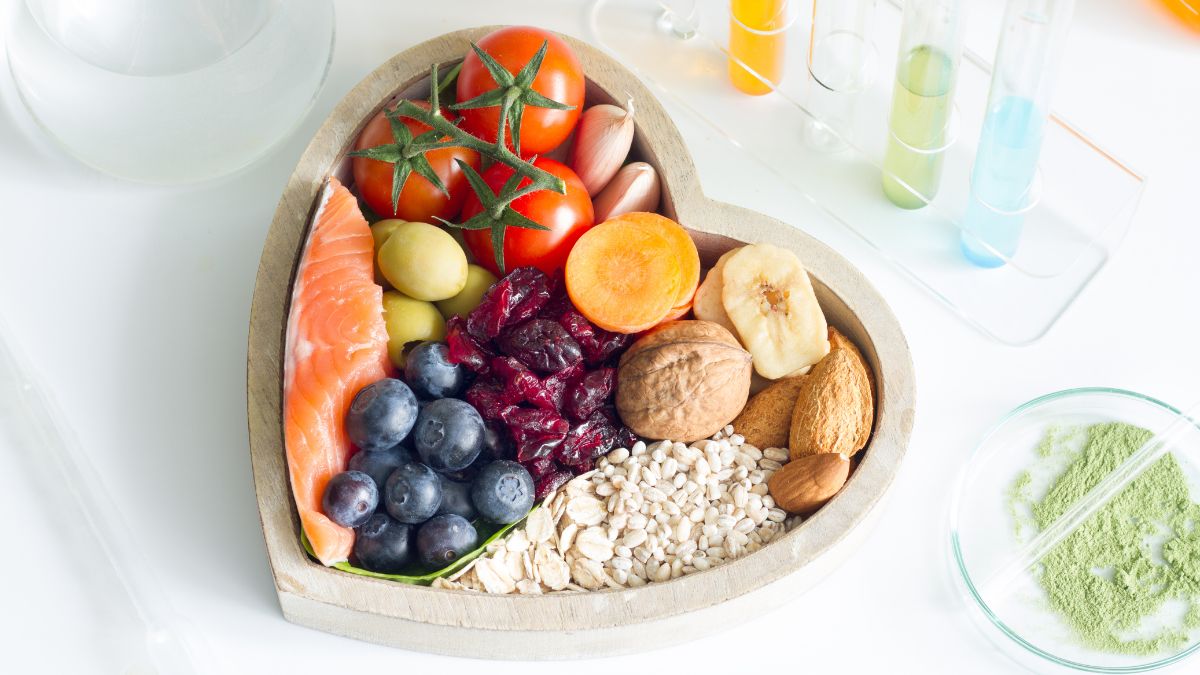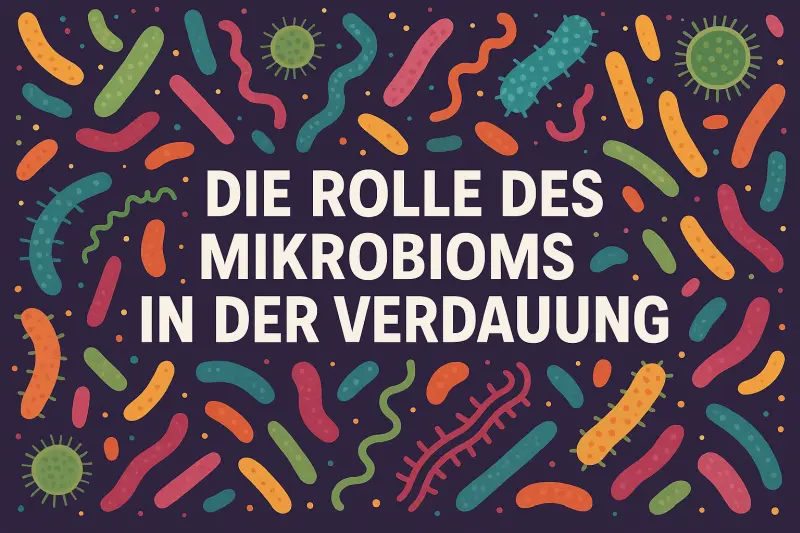
Diagnosis of food intolerances
The generic term food intolerance is largely misinterpreted by both medically trained personnel and those affected. There are many forms of this intolerance, which we would like to specify here.
The frequently used term food allergy is particularly out of place. Genuine food intolerances are
as follows:
1. lactose intolerance
2. Fructose intolerance
3. Histaminosis
4. Pharmacological reactions to food
5. Toxicological reactions to food
6. Immunologically detectable defense against food All of the reaction patterns mentioned above, with the exception of lactose intolerance, are associated with malfunctions in the microbiome.
Lactose intolerance
We have observed that people who have been fermenting milk for centuries have a significantly better ability to digest lactose. The enzyme beta-galactase is actually only produced in the microbiome during the breastfeeding phase. The epigenetic phenomenon that this enzyme continues to be produced by the microbiome has to do with the eating habits of dairy products that are common in our culture. In our more than 40 years of nutritional therapy practice, we have proven both empirically and statistically that the ability to metabolize lactose decreases with increasing age.
Fructose intolerance
Fructose intolerance, which is so often detected by conventional medicine with a breath test, is causally linked to mycosis in the digestive tract. The hydrogen detected is a fermentation product. The excessive consumption of sugar, bread, muesli, etc., which is common in our culture, allows the yeasts in the digestive tract to multiply unphysiologically, which ultimately leads to the so-called home-brewing syndrome.
Histaminosis
Histaminosis is often referred to as a pseudo-allergy. The food we eat always contains more or less histamine. A healthy microbiome produces the enzyme dia-amino oxidase, which is supposed to neutralize the histamine contained in the food. Histaminosis is a frequently observed phenomenon in cases of pronounced dysbiosis.
Pharmacological reactions to food A whole range of phytotherapeutics have an effect on the digestive tract. Herbal teas in particular can have strong effects and side effects. Laxative teas are an extreme example.
Toxicological reactions to food
An unintentionally consumed, supposedly edible mushroom that is highly toxic is an extreme threat to the organism. Although the preservatives commonly used in food production make food last longer, they are toxic to the microbiome. The most commonly consumed soft drinks are sweetened with sugar substitutes, which are generally toxic to the microbiome.
Immunologically detectable defense against food
The IgG antibodies against food detected in our analysis method (Cytolisa test) are caused by two independent factors. One factor is the permeability disorder (leaky gut). This allows undigested food particles to pass through the mucosal barrier to the intestinal wall. The second reason is the fact that there is a digestive insufficiency. The undigested food particles mentioned above act like vaccines on the intestinal wall. This results in antibody concentrations that are supposed to counteract a potential disease. Of course, an undigested food is not a danger like a bacterium or a virus. The immune system reacts to all foreign bodies in this way. The detection of elevated antibodies to food is not a clinical diagnosis. For us as a nutritional therapy institute, information on which foods are metabolized well and which foods are metabolized poorly is essential. This enables us to recognize the individual’s metabolic competence. Avoiding foods that are poorly or insufficiently digested is so important because any food that is not metabolized well leads to either fermentation or putrefaction processes. Microorganisms are opportunists that can multiply excessively if there is a change in the environment in the digestive tract. Increased fermentation leads to increased yeast growth, which in turn leads to even more fermentation. The associated toxicological load is constitutionally problematic. With increased putrefaction, more putrefactive bacteria develop, and the associated toxic load of poisons such as cadaverine also represents a constitutional threat
.
All of the so-called intolerance reactions mentioned by us can be avoided by consciously avoiding them. This usually leads to an improvement in symptoms.






